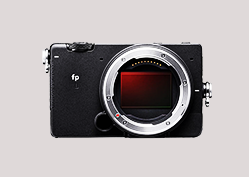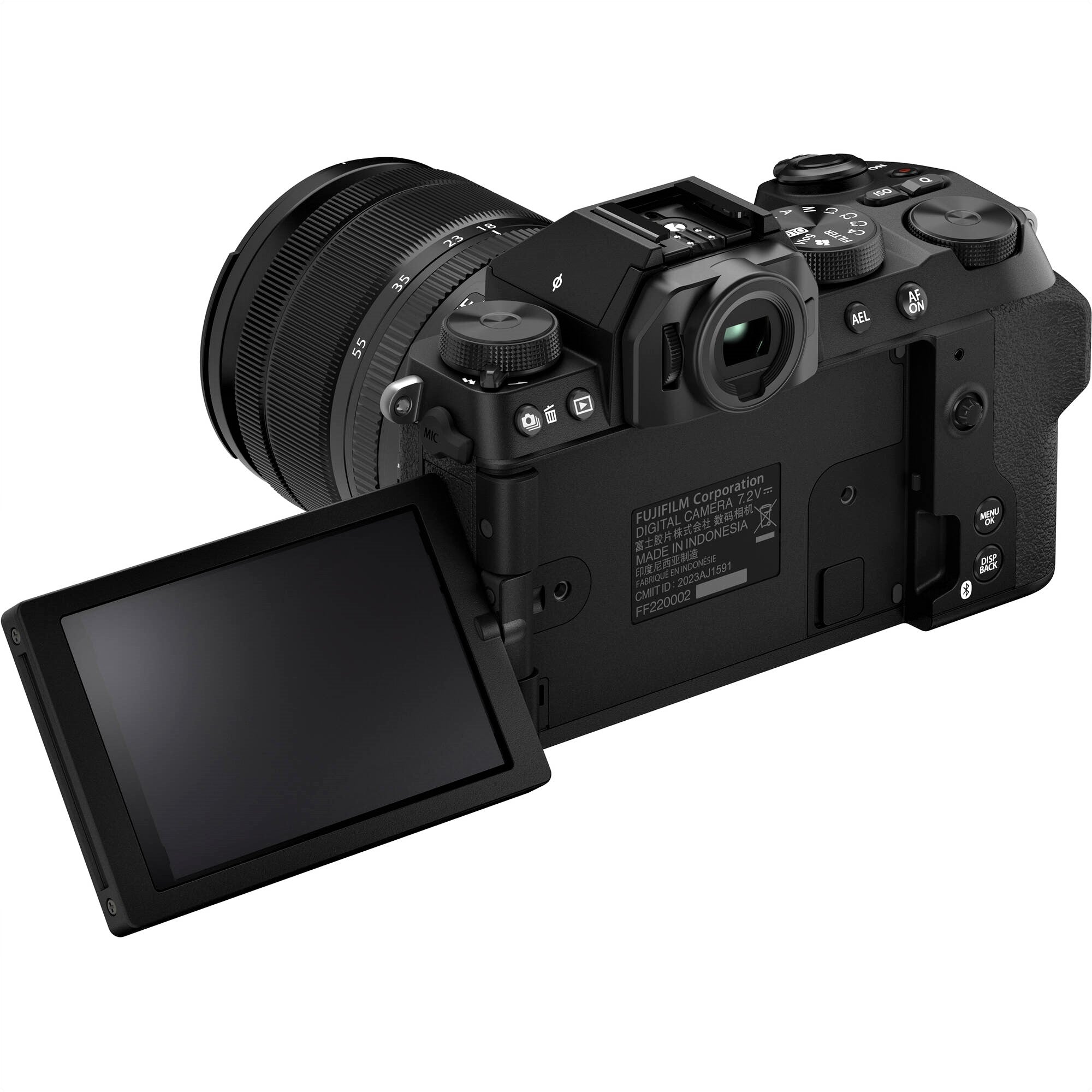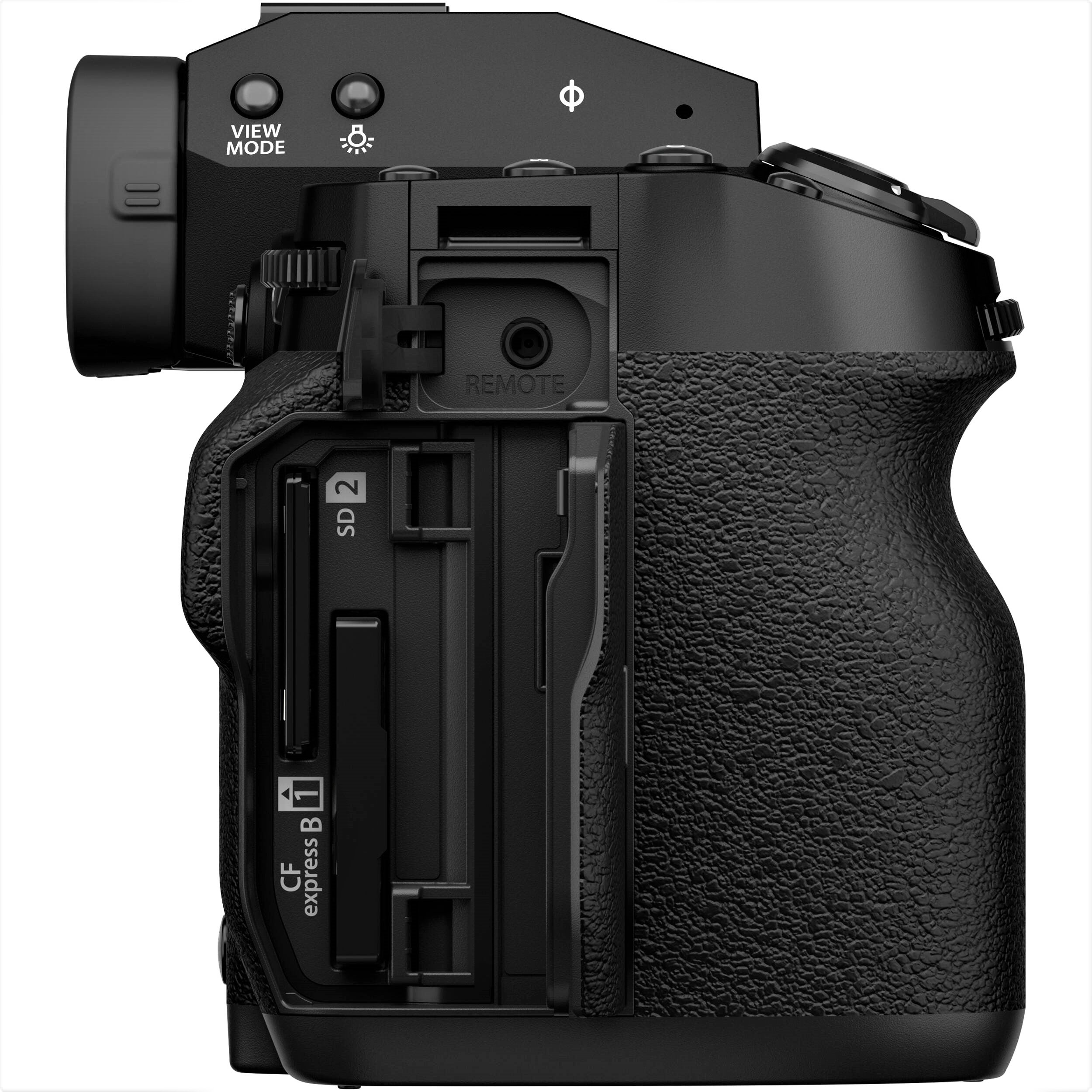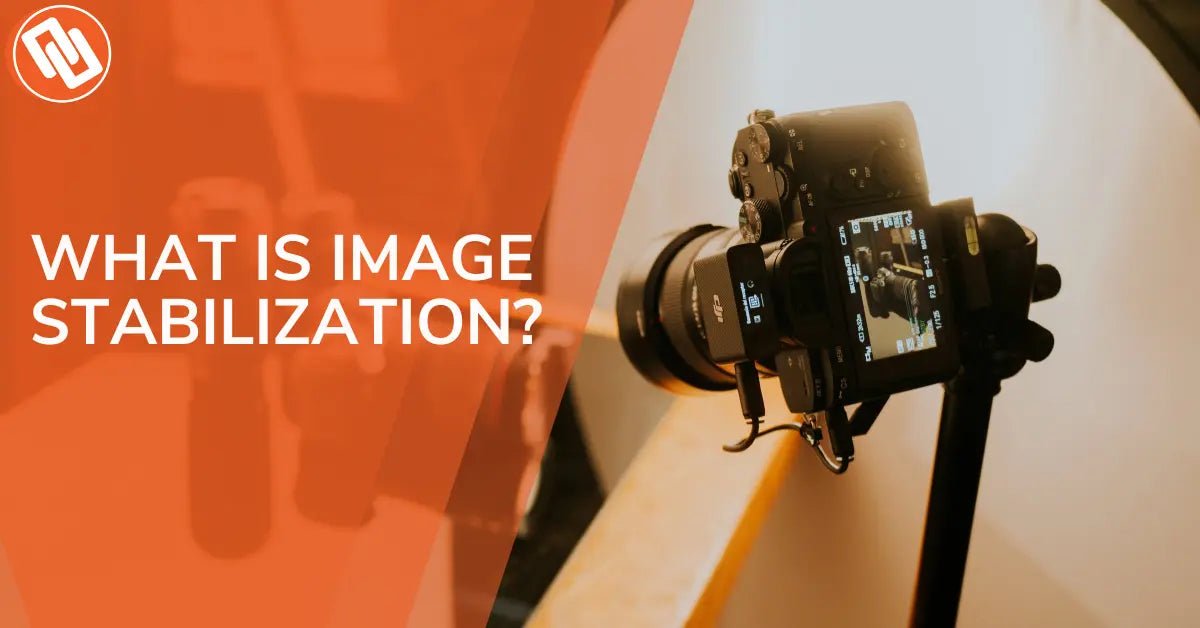When it comes to professional filmmaking, the term cinema camera often sparks curiosity. Unlike consumer camcorders or standard DSLRs, cinema cameras are purpose-built tools designed for high-end film and video production. They play a crucial role in bringing cinematic stories to life, offering filmmakers the flexibility, image quality, and control needed to achieve that “big screen” look.
Understanding Cinema Cameras
A cinema camera isn’t just a tool. It’s a storyteller’s weapon.
Unlike the cameras you buy off the shelf for casual shooting, these machines are built for a different world, one where image, light, and mood must align with a director’s vision. Consumer cameras chase convenience. Cinema cameras chase control.
They’re heavy, technical, and sometimes intimidating. But that’s the point. Every button, every feature, is designed for one thing: complete creative freedom.
Let’s break down what makes them different:
-
Dynamic Range: Imagine filming in bright sunlight while shadows cut across the frame. A consumer camera might wash out the highlights or bury the shadows. A cinema camera? It captures both the glow of the light and the depth of the dark. This balance is what gives films their texture, their richness.
-
Interchangeable Lenses: Cinematic lenses aren’t just glass. They’re personalities. Wide primes stretch reality. Tight lenses compress it. Zooms glide with precision. Each choice changes the mood of a scene, and a cinema camera gives you the freedom to swap them as the story demands.
-
Color Science: Here’s where it gets magical. Every camera brand has its own “look.” Some lean warm and dreamy, others sharp and cold. That’s color science, the secret recipe that turns raw data into a cinematic feel. It’s why a movie shot on ARRI doesn’t look like one shot on RED.
-
Codecs and Bit Depth: Big words, but simple ideas: data. Lots of it. Instead of squeezing video into small, compressed files, cinema cameras record in massive formats like RAW or ProRes. This gives editors and colorists endless room to adjust colors, add effects, and push creativity without breaking the image.
At the end of the day, a cinema camera is more than a recorder. It’s a paintbrush for light. A sculptor of motion. A tool that lets filmmakers craft worlds, not just capture them.
That’s why they matter. That’s why they’re different.
How Does a Cinema Camera Work?
A cinema camera sounds fancy, but at its core, it works a lot like any digital camera. Light enters the lens. It hits a sensor. That sensor turns the light into data. Simple. But here’s the twist: cinema cameras aren’t about simplicity, they’re about control, precision, and freedom. Every part of the system, from the sensor to the recording format, is built to serve filmmakers, not casual snapshots.
Sensor Quality
This is where cinema cameras flex their power. Unlike your average consumer camera, these machines pack large, high-resolution sensors. Why does that matter? Bigger sensors see more. They catch subtle differences between shadows and highlights, pulling in tones and colors that would vanish on smaller sensors. Low light? Not a problem.
The image stays sharp, clear, and atmospheric without drowning in ugly digital noise. It’s not just about resolution, it’s about capturing feeling. Mood. Depth. That cinematic “something” you can’t quite name but instantly recognize on screen.
Recording Formats
Now, here’s the real kicker. Most consumer cameras crush video into compressed files to save space. Cinema cameras? They don’t play that game. They shoot in RAW or ultra-high bitrate formats. Think of RAW as a digital negative, untouched, unspoiled, full of information.
Editors and colorists can bend, twist, and shape that footage however they want: change the exposure, shift the white balance, grade the colors until they sing. Nothing is locked in too early. That’s why these cameras dominate professional sets, they keep creative options alive all the way through post-production.
Modular Design
Open the box, and you won’t find a ready-to-go “grab and shoot” setup. Cinema cameras are built to grow. They’re modular, like Lego for filmmakers. You start with the body, then build out. Add a matte box to tame the light. Clip on an external monitor to see shots better.
Use a follow-focus for razor-sharp pulls. Mount the whole thing on a rig for stability. The camera transforms depending on the project: a stripped-down run-and-gun doc, or a fully rigged beast for a blockbuster. Flexibility is the name of the game.
Professional Connectivity
Film sets are ecosystems, lights, audio, monitors, multiple cameras. Everything needs to talk. Cinema cameras come ready. XLR ports deliver crystal-clear audio. SDI outputs give directors and crew live monitoring.
Timecode keeps every angle in sync, frame by frame. These aren’t perks. They’re survival tools. Without them, productions slow down, sync slips, chaos spreads. With them, the workflow hums, departments stay connected, and the story keeps moving.
The Big Picture
A cinema camera isn’t just a gadget. It’s the backbone of filmmaking. It captures, preserves, and empowers. It gives filmmakers both the technical muscle to produce breathtaking images and the creative space to sculpt those images into stories worth watching. That’s the difference. That’s why it’s not “just another camera.” It’s the machine behind modern cinema.
Why Cinema Cameras Matter
A camera is more than a tool. It can make or break a film.
Cinema cameras aren’t just about having fancy gear. They exist to bring a director’s vision to life, to turn imagination into images that feel real, powerful, and emotional.
Consumer cameras? DSLRs? They’re fine, but they don’t give you the same control. Cinema cameras give filmmakers the keys: exposure, depth of field, dynamic range. These are not just technical settings. They shape how the audience feels. A shadow isn’t just dark, it’s mood. A bright highlight isn’t just light, it’s tension.
Here’s the difference. Cinema cameras capture detail everywhere: in the brightest whites, in the darkest blacks. That detail survives heavy editing. You can push the colors. You can rework the tones. You can shape the entire mood after filming. The image doesn’t fall apart.
Think about it. A drama scene, dim and moody. A commercial, bright and bold. A documentary, sharp and honest. With a cinema camera, you can pivot. You’re not stuck with what was shot on set. You gain freedom, freedom to design, to refine, to craft.
That’s why cinema cameras are everywhere: Hollywood features, Netflix series, TV ads, indie docs, even ambitious YouTube channels. They don’t just capture video. They create a visual language.
And here’s the truth: buying a cinema camera isn’t about collecting gear. It’s about storytelling. It’s about giving yourself the power to make an audience feel something, precision, emotion, artistry, all rolled into one.
Types of Cinema Cameras and Choosing the Right One
When exploring what a cinema camera is, it’s important to recognize that not all cinema cameras are the same. Each type is designed for different workflows, budgets, and production styles. Understanding the categories can help filmmakers choose the best tool for their creative goals.
Digital Cinema Cameras
Digital cinema cameras rule the film world today. They’re fast, flexible, and everywhere from indie sets to Hollywood stages. No more waiting in film labs. No reels. No chemicals. Just straight-to-digital recording, usually RAW or high-bitrate codecs. Footage moves from camera to computer in minutes. That speed alone makes them essential for modern production.
Strengths
The perks are huge. Instant playback? Directors can check a scene seconds after shooting. Costs? Way more predictable without film stock eating the budget. Storage? Endless options, tiny SSDs for small projects or massive drives for full-length features. Crews adapt on the fly, no problem.
Use Cases
Commercials. Documentaries. Indie films. Big-budget blockbusters. Digital cinema cameras handle them all. RED, ARRI, and Blackmagic sit at the top tier, famous for dynamic range, rich color science, and that polished “cinematic” look. Efficiency without compromise.
Film Cinema Cameras
Before digital, film was king. Heavy reels. Chemical processing. The slower, more expensive path but also the most romantic. Film hasn’t vanished. Not at all. Many still treasure it for the one thing digital keeps chasing: the “film look.” That grain, that color depth, it feels alive. Timeless.
Strengths
Film breathes. Its grain has texture. Its tones feel rich, layered, organic. No digital algorithm fully matches that authenticity.
Drawbacks
But film punishes mistakes. Every reel costs. Processing delays edits. Shooting ratios shrink every second is money literally burning.
Use Cases
Today, film serves a niche. Art films. Nostalgic projects. Directors chasing authenticity or raw mood. Its very limitations shape the story, turning logistics into a creative choice.
Modular and Hybrid Systems
And then, something new. Modular, hybrid designs. Cameras that don’t force you into one path. Example: the FUJIFILM GFX ETERNA 55 Cinema Camera. Adaptable by design. Swap mounts, add rigs, change sensors. Build it lean for a doc. Bulk it up for a feature. One camera, endless forms.
Strengths
Customization wins. Small and light today, full studio rig tomorrow. The same tool grows with the project. For crews juggling varied work, this flexibility is gold.
Drawbacks
Complexity, though, is the price. Setup takes longer. Accessories cost more. Knowledge is required. For small teams or tight budgets, modular isn’t always friendly.
How to Choose the Right Cinema Camera
Picking a cinema camera isn’t about buying the most expensive one. It’s not even about grabbing the flashiest specs. It’s about finding the tool that fits your story. The right camera is the one that works with your vision, your team, and your budget. Simple as that.
Let’s break it down.
1. Project Scope
What are you shooting? A feature film with a full crew? You’ll probably want a heavy-duty cinema rig, big, powerful, flexible. Something that can handle demanding setups and capture jaw-dropping detail.
But a small doc team? A whole different game. You’ll need lightweight, handheld gear. Cameras that slip into tight spaces. Cameras that don’t scream “professional film crew” when you’re in sensitive environments.
Music videos, commercials, indie shorts, they live in the middle. For these, balance is king. A camera that’s versatile, tough, and delivers high-quality visuals without weighing you down.
2. Budget
Here’s the truth: the camera body is just the start. Lenses. Media cards. Monitors. Gimbals. Tripods. Storage, so much storage. It all adds up.
If you’re new, a budget-friendly model might give you what you need to learn the ropes. But if you’re shooting studio-backed projects, expect to spend big, tens of thousands, maybe more. That money isn’t just about today’s shoot; it’s about future-proofing your setup.
Ask yourself: Is this for one project, or is this the backbone of your career?
3. Workflow
Editing matters. Post-production eats time. And the wrong camera can make it worse.
If your film will be heavy on VFX, color grading, or HDR, go for a camera with RAW formats and wide dynamic range. You’ll get the most control in post.
But speed? That’s another story. For social campaigns, events, or corporate work, you may need footage fast. In that case, cameras with compressed codecs and great in-camera color save hours of work.
It’s a trade-off: freedom to tinker, or speed to deliver.
4. Portability
A big rig shines on a studio set. But drag it through a forest, up a mountain, or into a crowd? Nightmare.
Small, lightweight cameras win when you’re traveling, moving fast, or shooting a run-and-gun. They’re easier to mount on drones, gimbals, or even your shoulder rig. And portability isn’t just size. It’s battery life. It’s media efficiency. It’s whether the gear plays nice with all your accessories.
Final thought: There’s no single “best” cinema camera. There’s only the camera that best fits your story, your budget, and your way of working. Choose with intention, and the right camera becomes more than gear, it becomes a creative partner.
The Balance Between Creativity and Technology
Filmmaking is both art and craft. It’s vision and technology coming together. The right camera doesn’t just record video, it helps translate imagination into something real on screen.
Some filmmakers demand the highest image quality, chasing every detail, every subtle shift in light. For them, dynamic range and clarity aren’t negotiable. Others value practicality. A camera that’s reliable, affordable, and easy to use can often be just as powerful because it keeps the focus where it belongs: the story.
That’s the heart of it. Creativity and technology working side by side. A top-tier cinema camera with advanced specs can capture stunning visuals. But here’s the twist, even a modest setup can create unforgettable films if the storyteller knows how to use it. It’s not always about the machine. It’s about the story the machine helps you tell.
So, what matters most? The camera that lets you tell your story the way it should be told.
If you’re curious about where filmmaking gear is headed, check out this guide on the Best Camera for Filmmaking in 2025. It highlights the leading models shaping the craft today, giving you clear insight to choose the tool that matches your vision.
The Future of Cinema Cameras
The world of filmmaking is shifting fast. Technology keeps reshaping how stories are captured, and cameras are at the heart of it all.
-
Resolution and Range: 8K? Already here. Beyond that? Even sharper, cleaner, more flexible. Filmmakers can crop, reframe, stabilize, and still keep stunning clarity. Add high dynamic range and suddenly every shadow, highlight, and tricky light source looks real, alive, breathtaking.
-
Smarter Workflows: AI is slipping onto the set, quiet but powerful. Autofocus that never misses. In-camera color grades that cut down editing time. LUTs applied instantly. The result? Less technical drag, more time for storytelling. Indies, pros, students, everyone saves time.
-
Compact Yet Mighty: Smaller cameras, bigger punch. Handheld rigs now rival the studio giants. Light. Mobile. Fierce. They thrive in places where bulky setups never could mountains, deserts, or busy streets. A solo filmmaker can shoot with the quality of a whole crew.
-
Virtual Worlds: LED walls. Virtual sets. The line between real and digital is fading. Cameras adapt with sensors tuned for both, plus tracking systems that keep perspective natural. Suddenly, a small soundstage can look like a city, a planet, or an entire universe.
-
The Bigger Picture: These aren’t just upgrades. They’re equalizers. High-level tools are becoming easy to use, within reach of almost anyone. Students. Veterans. Blockbuster directors. One goal unites them: tell stories without limits.
The future of cinema cameras? Not just sharper, smaller, or smarter but freer.
In 2023, the global cinema camera market was valued at USD 315.6 million and is projected to grow at a CAGR of 6.50 % through 2030. Source: Cognitive Market Research
Conclusion
To recap, we’ve explored:
-
What a cinema camera is: A specialized tool built for professional filmmaking, prioritizing image quality and creative control.
-
How cinema cameras work: With larger sensors, advanced recording formats, and modular designs that support professional workflows.
-
Types of cinema cameras: From digital and film systems to modular setups tailored for different production styles.
-
Choosing the right camera: Matching technology with creative vision, workflow, and budget.
Cinema cameras matter because they empower storytellers. Whether you’re producing a feature film, a documentary, or high-quality online content, the right cinema camera can elevate your vision and give your work a polished, professional edge.
Cinema cameras aren’t just about capturing images, they’re about shaping stories. By understanding what they are, how they work, and where the technology is heading, you can make more informed choices for your filmmaking journey.If you’re ready to explore cinema cameras, filmmaking tools, and expert recommendations, visit our website Nuzira to learn more and find the right equipment for your next production.





